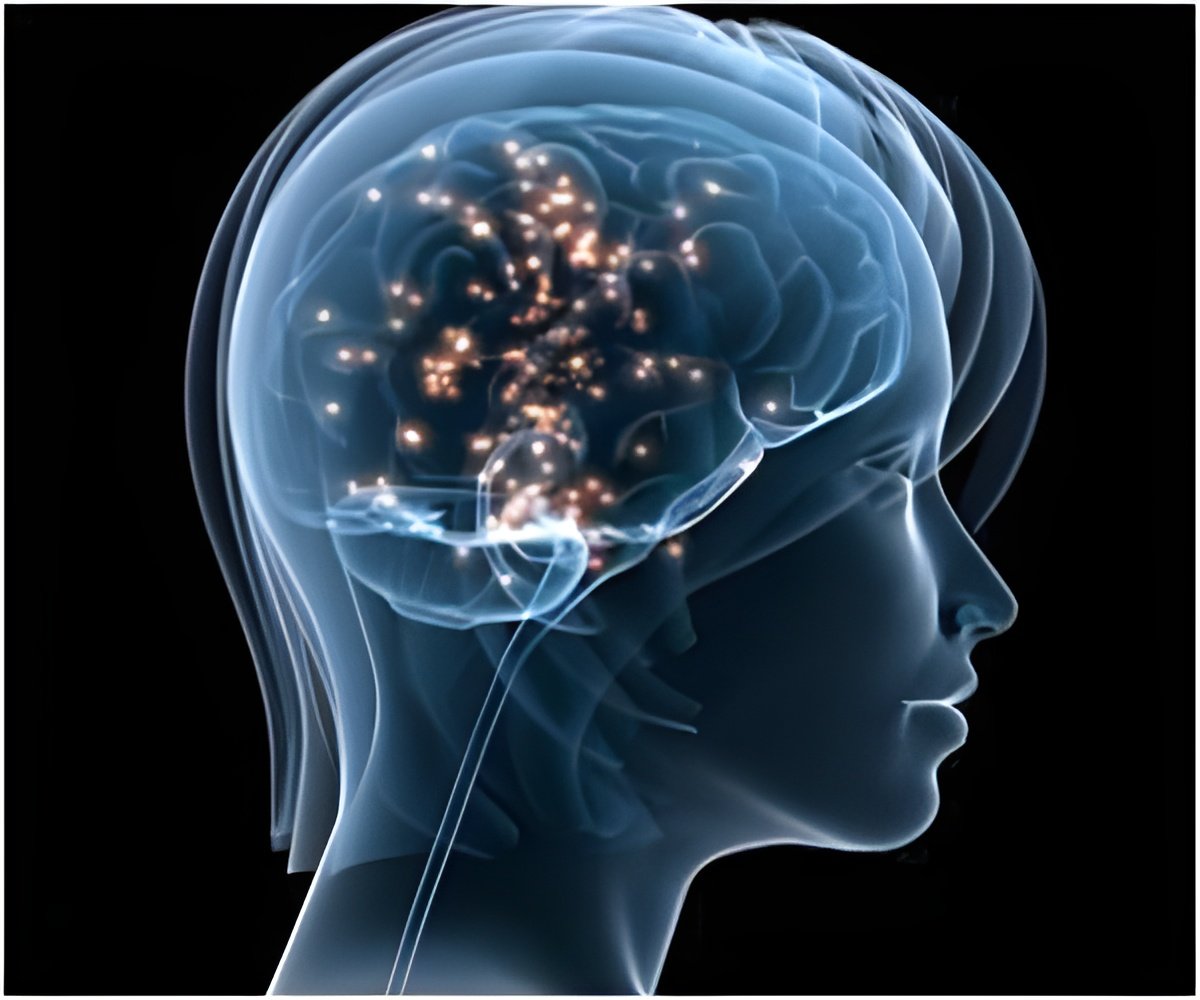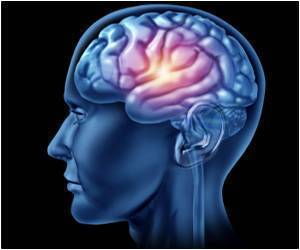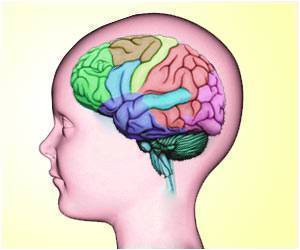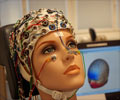
To learn more, researchers performed diffusion tensor imaging, a type of MRI that tracks the movement, or diffusion, of water in the brain's white matter, the nerve fibers that transmit signals throughout the brain. The study group consisted of 24 patients with left temporal lobe epilepsy who were slated for surgery to remove the site from where their seizures emanated. The researchers compared them with 24 healthy controls using an MRI protocol dedicated to finding white matter tracts with diffusion imaging at high resolution. The data was analyzed with a new technique that identifies and quantifies structural connections in the brain.
Patients with left temporal lobe epilepsy exhibited a decrease in long-range connectivity of 22 percent to 45 percent among areas of the DMN when compared with the healthy controls.
"Using diffusion MRI, we found alterations in the structural connectivity beyond the medial temporal lobe, especially in the default mode network," said Steven M. Stufflebeam, M.D., from the Athinoula A. Martinos Center for Biomedical Imaging at Massachusetts General Hospital in Boston.
In addition to reduced long-range connectivity, the epileptic patients had an 85 percent to 270 percent increase in local connectivity within and beyond the DMN. The researchers believe this may be an adaptation to the loss of the long-range connections.
"The increase in local connections could represent a maladaptive mechanism by which overall neural connectivity is maintained despite the loss of connections through important hub areas," Dr. Stufflebeam said.
Advertisement
"It's probably a breakdown of myelin, which is the insulation of neurons, causing a slowdown in the propagation of information, but we don't know for sure," Dr. Stufflebeam said.
Advertisement
"Our long-term goal is to see if we can we predict from diffusion studies who will respond to surgery and who will not," he said.
Source-Eurekalert















